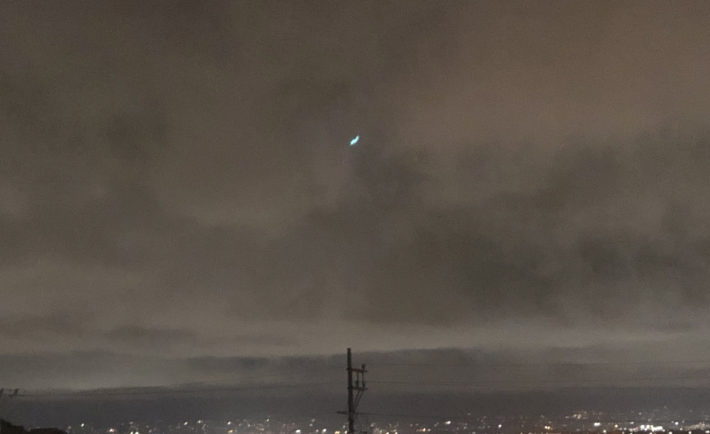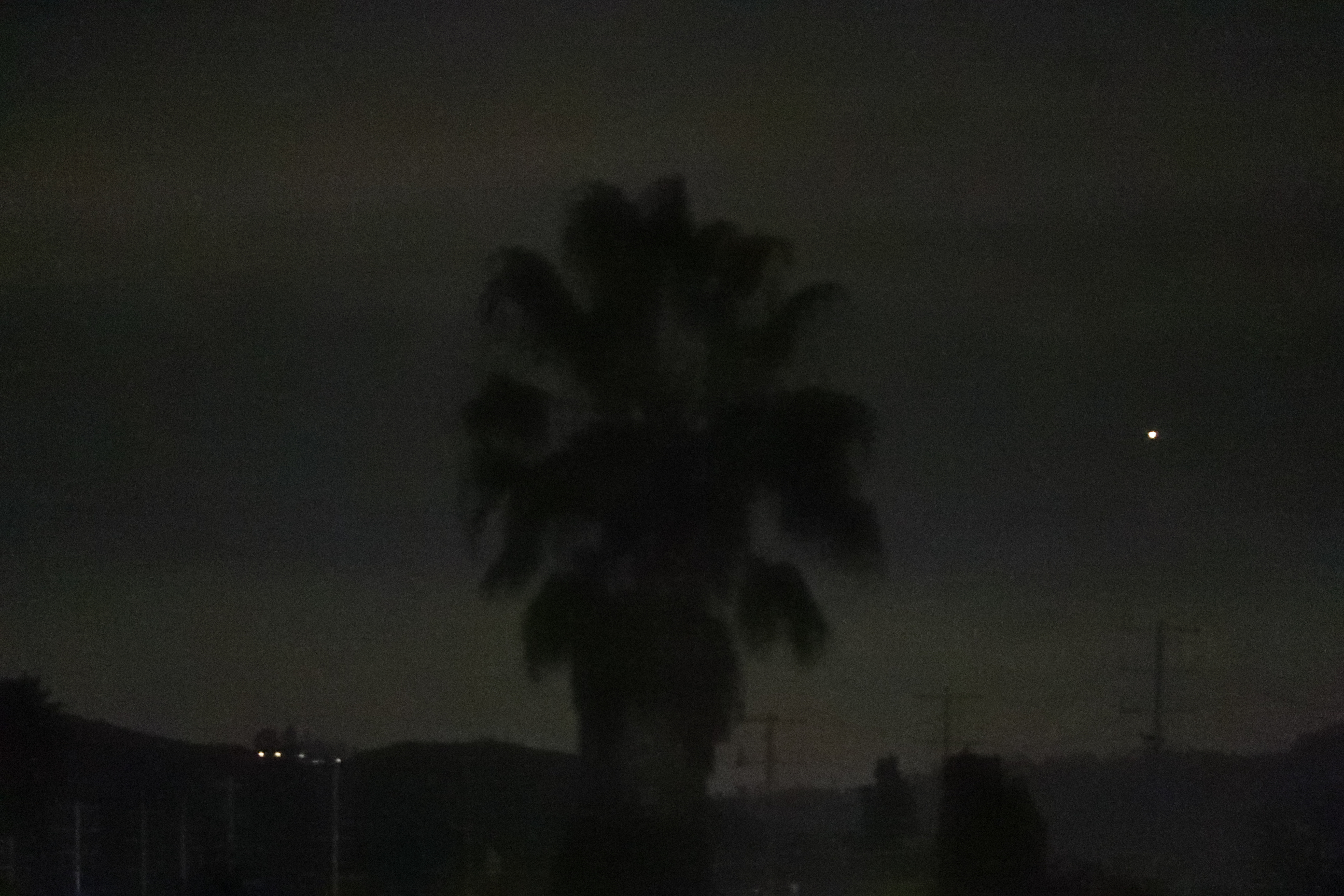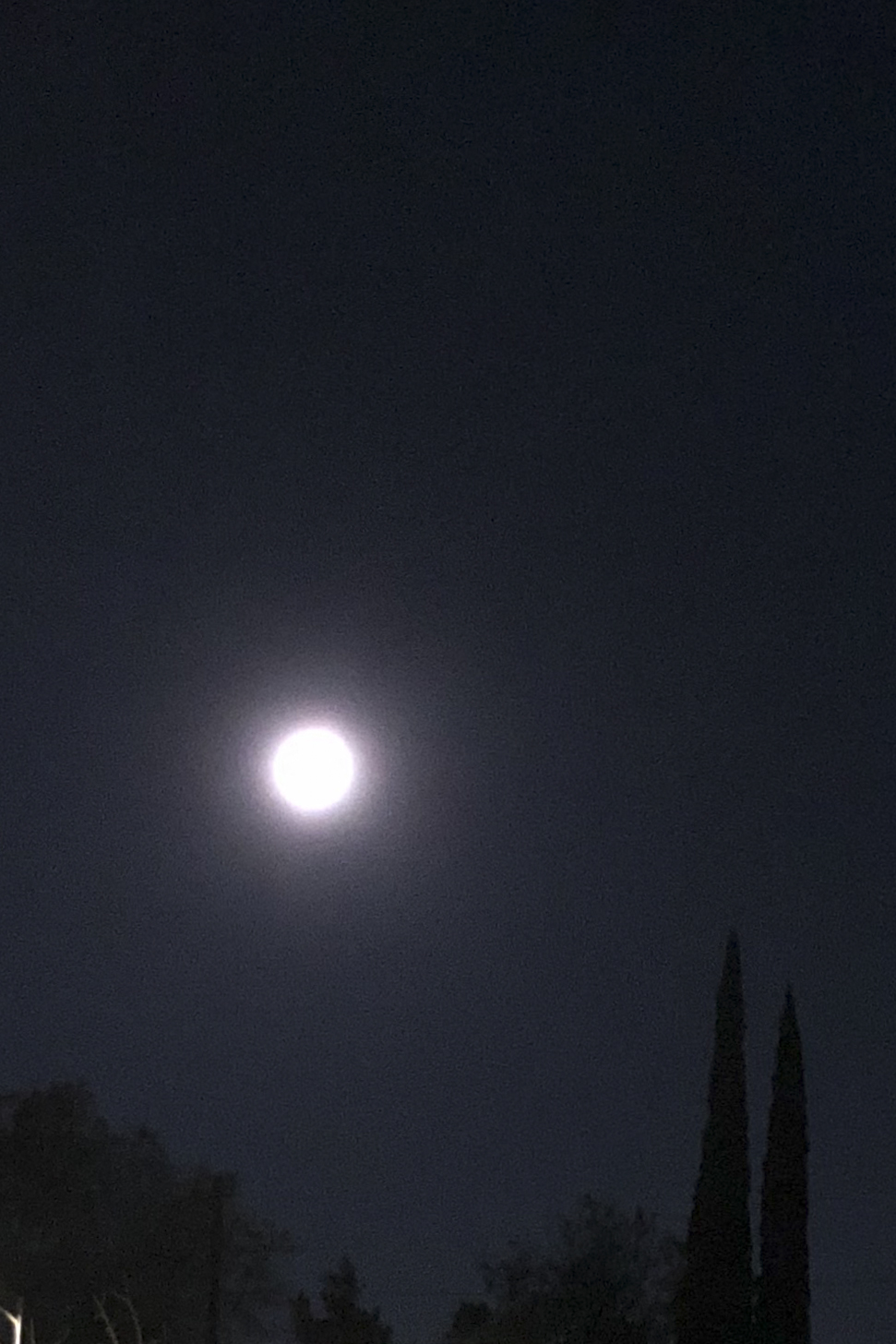In August 2017, we treated out readers to an article and wonder-striking photos of a total Solar Eclipse. That was an unmissable spectacle for millions of people of all ages.
The January 20th, 2019 Super Blood Wolf Moon has promised and delivered a no less amazing spectacle. But before we continue, it is well to explain briefly what the longish name means.
A Super Moon is a moon at its closest distance from Earth, which in astronomical jargon is to say when the moon is at the Perigee. Being over 30,000 miles closer than it is at its farthest point away, the moon appears up to 14% bigger and 30% brighter than at other times of the year. This is much enhanced if when the moon is at Perigee it happens also to be a full moon. Unfortunately for many of us, this might not always be seen with the naked eye due to adverse weather conditions and/or light pollution in most major cities. But weather and other factors permitting, it is a dazzling spectacle!.
Super Moons, in themselves, are quite common though. There have been four (4) in 2018 but only one of them coincided with a full moon. Apart from other celestial phenomena, such as the spectacular meteor shower earlier this month, our moon this month (on January 20th in the US) coincided with a full moon. Furthermore, what made this January Super Moon a more interesting and rare occurrence is indicated in the remaining details of the name. The ‘Blood’ part marks the fact that the Super Moon seems to glow red as it emerges from a total lunar eclipse. Lunar eclipses are not uncommon; three (3) lunar eclipses were seen in various parts of the world in 2018. NASA, however, reckons that after this January Lunar Eclipse there will be no other total lunar eclipses till May 2021.
Moreover, what makes this eclipse rare is the fact that it coincided with a Super Moon. As the three celestial bodies, Sun, Earth and Moon, became perfectly aligned, the light refracted from the Earth’s air threw a reddish hue onto the face of the Moon. This is because the Earth’s atmosphere scattered all the short-wavelength light (in colours like green or blue) and left only longer-wavelength light which comprise the redder end of the spectrum. Hence the name: Blood Moon. It is good to remember that, unlike Solar Eclipses, which you need special protective goggles for, Lunar Eclipses are safe to look at with the naked eye.
The ‘Wolf’ part of the name goes back to Native American traditions from days preceding the use of solar calendars. Lunar calendars used different names for the months and were closely linked to people’s observations of their natural surroundings. Native Americans called the Full Moon in mid-winter Wolf Moon because of the all too frequent howling of hungry wolves out in search of food.
To witness all three phenomena in one go is what made this January 2019 Super Blood Wolf Moon a rare and indeed unmissable experience. Millions upon millions of people in North and South America, parts of Western Europe and Africa were able to catch that rare sight overnight on Jan 20 into Jan 21. It is pertinent here to note that the longest possible lunar eclipse is 1 hour and 47 minutes and that the longest total lunar eclipse of the last century, which occurred on July 16, 2000, lasted 1 hour and 46.4 minutes. This time (20/21 Jan. 2019) it did not last as long (only 1 hour and 2 minutes) but was no less spectacular!.
Unfortunately the viewing conditions based on weather were poor on the western half of the US ON Sunday 20, 2019. Few hours later, the sky became clear.
For more information, please visit the following links:
- https://www.nationalgeographic.com/science/2019/..
- https://inews.co.uk/news/ science/super-blood-wolf-moon-lunar-eclipse ..
- https://www.foxnews.com/science/rare-super-blood-wolf-moon-eclipse ..
- https://www.countryliving.com/wildlife/..
- https://news.sky.com/story/lunar-eclipse-rare- …
- https://www.theweathernetwork.com/news/article/winter-sk..


